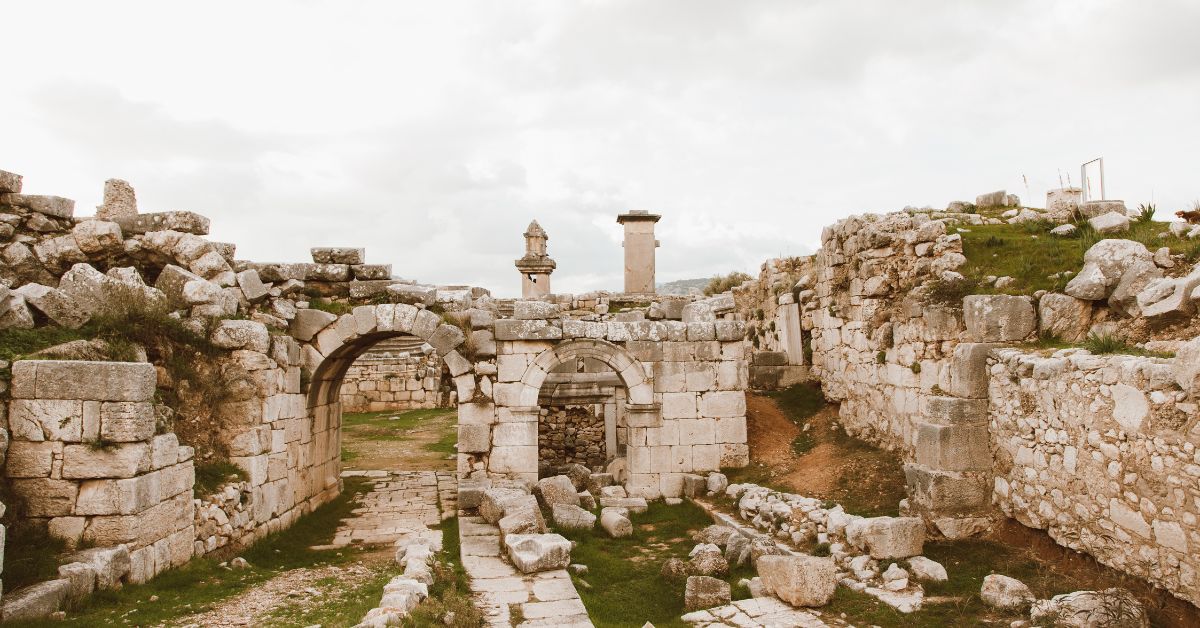Clochant: Understanding Its Historical and Cultural Importance
Clochant is a term that carries a deep historical significance and plays a role in the cultural and architectural landscape. Although not widely recognized in everyday conversation, its influence is felt in many different contexts, from medieval architecture to music, art, and religious traditions. This article explores the meaning, origins, and modern relevance of the term clochant in an effort to better understand its role and impact.
What is Clochant?
The term clochant is derived from the French word for bell tower, “cloche,” meaning bell, and refers to a structure that houses bells, typically found in churches or other important buildings. A clochant is not just a functional structure for holding bells, but it often serves a symbolic purpose, representing the link between the physical and spiritual realms. In many European cultures, the presence of a clochant in a community signifies the church’s central role in daily life, marking the passage of time and calling the faithful to worship.
Historically, the clochant was an essential part of European architecture, particularly during the Middle Ages. The bell tower would often be the tallest structure in a town, symbolizing both the prominence of the church and the importance of religious practice in society. The bells inside would ring out at designated times to mark hours, holidays, and events, playing a central role in the rhythm of community life.
The Role of Clochant in Architecture
In the context of architecture, clochants are usually found attached to churches, cathedrals, or monasteries. The design of the clochant often reflects the architectural style of the period, ranging from the simplicity of Romanesque bell towers to the grandeur of Gothic spires. Clochants in the Gothic style, in particular, are known for their soaring heights, intricate stonework, and the use of flying buttresses to support the weight of the tower.
1. Architectural Features of Clochant
Clochants were designed not only for their practical purpose of housing bells but also for their symbolic significance. In many cases, the structure would be adorned with intricate carvings, stained glass windows, and decorative elements that reflected the religious themes of the church. Some clochants featured multiple tiers, with each level serving a different function, from housing bells to providing spaces for monks or clergy.
One of the most notable features of clochants, particularly in the Gothic period, is their height. The taller the clochant, the more visible it was to the surrounding community, symbolizing the church’s spiritual authority and dominance over the town. The spires and pinnacles of clochants often reached impressive heights, designed to draw the eyes upward in reverence toward the heavens.
2. Clochant and the Sound of Bells
The bells housed in a clochant were a vital aspect of daily life in medieval and Renaissance Europe. These bells were used to signal everything from the time of day to the call to prayer. The sound of bells ringing from the clochant was heard throughout the community, ensuring that everyone, regardless of social status, was aware of the key events and rituals of the day.
In addition to their religious function, bells in the clochant were also used for practical purposes. They signaled the beginning and end of the workday, marked important life events such as births and deaths, and were even used in times of crisis, such as calling the town together in the event of a fire or other emergency.
Clochant in Music and Culture
Beyond its architectural and religious significance, the clochant has also influenced music and culture. The sounds produced by the bells in a clochant have inspired countless compositions, both sacred and secular. The bell sounds evoke a sense of reverence, tradition, and solemnity, making them a popular motif in various forms of artistic expression.
1. Clochant and Church Music
The clochant and its bells played a central role in the development of Western classical music, especially in the church. Early composers often incorporated the sounds of bells into their compositions, recognizing the powerful emotional effect of these tones. Bells were used as instruments in church choirs, with some pieces specifically written to be performed alongside the sound of the bells in the clochant.
In many parts of Europe, the clochant’s bells were also used in liturgical music, creating a dramatic and ceremonial atmosphere for religious services. The sound of the bells ringing in harmony with the organ or choir would underscore the solemnity of the Mass or other religious rites, creating a sense of transcendence and connection with the divine.
2. Cultural Impact of the Clochant
The clochant, especially in medieval and Renaissance Europe, was not just an architectural feature but a cultural symbol. It represented the unity of the community, the importance of religious practice, and the continuity of time. The bells in the clochant provided a communal rhythm, marking the passage of time and keeping everyone in sync with the cycles of the day, week, and year.
In literature, the clochant is often used as a symbol of faith, time, and the spiritual connection between heaven and earth. Writers and poets have referenced the clochant and its bells to evoke a sense of nostalgia, reverence, or the inevitable passage of time.
Modern Relevance of Clochant
While the clochant may no longer be as central to daily life as it once was, it still holds cultural and architectural significance in many parts of the world. Churches and cathedrals that house clochants remain important landmarks, drawing visitors for their historical and architectural value. The bells in these towers continue to ring, albeit less frequently, maintaining a connection to the past and the traditions that shaped them.
1. Preserving the Clochant’s Legacy
In modern times, efforts have been made to preserve and restore the clochant as a part of cultural heritage. Many churches and towns with historic bell towers work to maintain these structures, ensuring that the bells continue to ring in the same way they have for centuries. Restoration projects aim to preserve the architectural beauty and historical importance of the clochant, while also ensuring that the bells are kept in working order.
Additionally, modern technology has allowed for the recording and reproduction of bell sounds, enabling the melodies of the clochant to reach even further, beyond the walls of the church or town. Some contemporary musicians incorporate the sound of clochants into their music, blending the past with the present and preserving the auditory legacy of these iconic structures.
2. Clochant in Contemporary Architecture
In contemporary architecture, the clochant has been reinterpreted in various ways. Some modern buildings, particularly those in urban areas, have incorporated elements of traditional bell towers into their designs, using them as focal points for public spaces. These modern clochants may not house bells, but they often serve as symbols of community or cultural identity.
Architects have also embraced the aesthetic qualities of traditional clochants, using their soaring forms and detailed stonework to create visually striking structures that honor the legacy of their historical counterparts.
Conclusion: The Enduring Legacy of Clochant
The term clochant, though rooted in medieval architecture and religious practice, remains a powerful symbol of tradition, community, and the passage of time. Whether in the sound of bells echoing through the streets or the towering spires that dominate a town’s skyline, the clochant continues to inspire awe and reverence. As a piece of cultural heritage, it serves as a reminder of the close relationship between architecture, faith, and community life that has shaped much of human history.
From its architectural grandeur to its role in music and culture, the clochant holds a unique place in our collective consciousness. Even in the modern world, where its direct influence may have waned, the legacy of the clochant continues to resonate, reminding us of the enduring connection between the past and the present.
FAQs About Clochant
- What is a clochant? A clochant is a bell tower, often found in churches and cathedrals, that houses bells used to mark time and signal religious events.
- How did clochants influence music? The bells housed in clochants were incorporated into church music, providing a powerful auditory accompaniment to religious services and inspiring musical compositions.
- Why are clochants important today? Clochants are important as cultural and architectural symbols. They represent community, tradition, and religious faith, and many efforts are made to preserve these historical structures.




